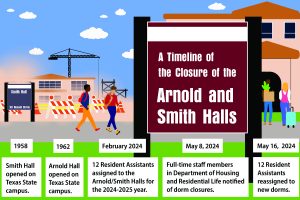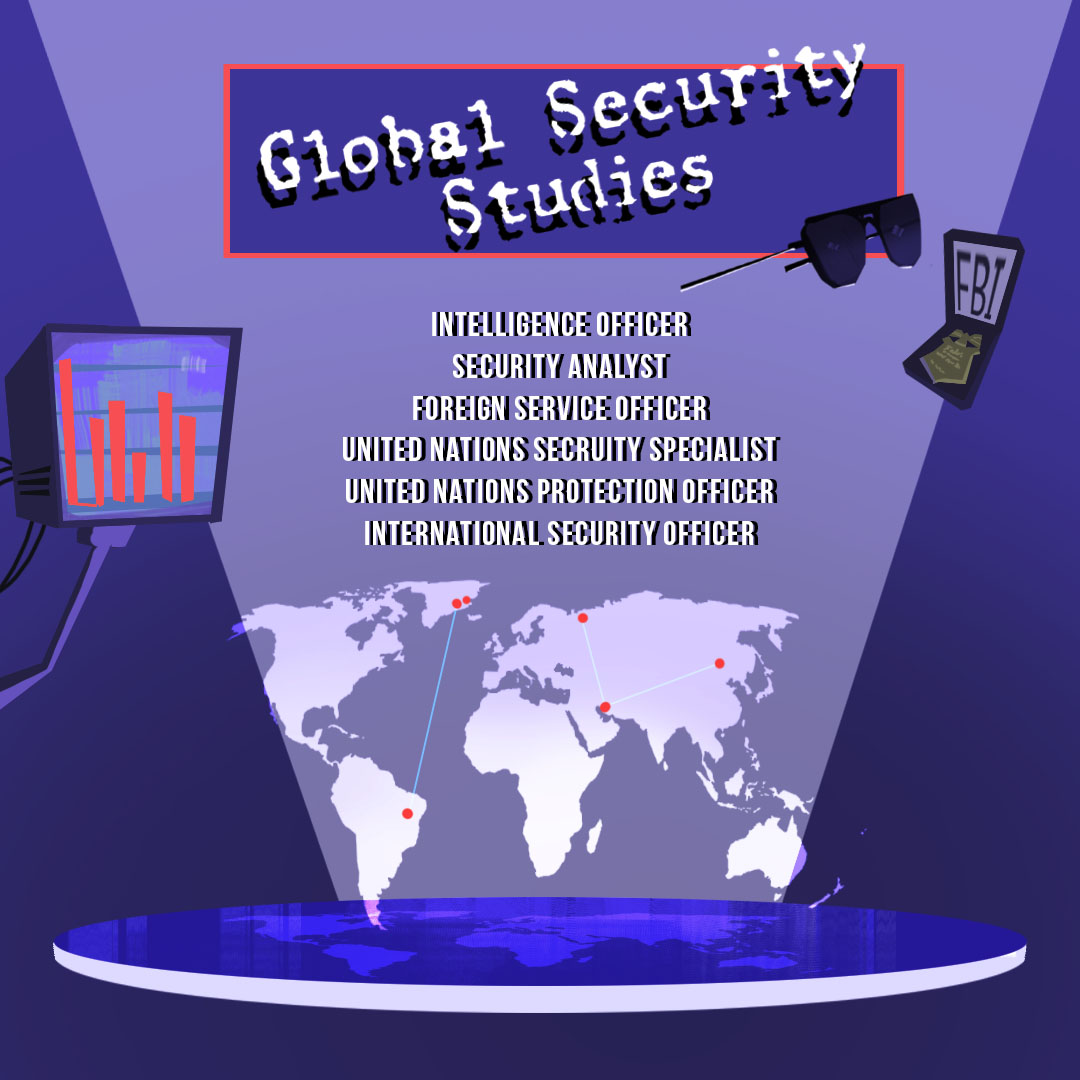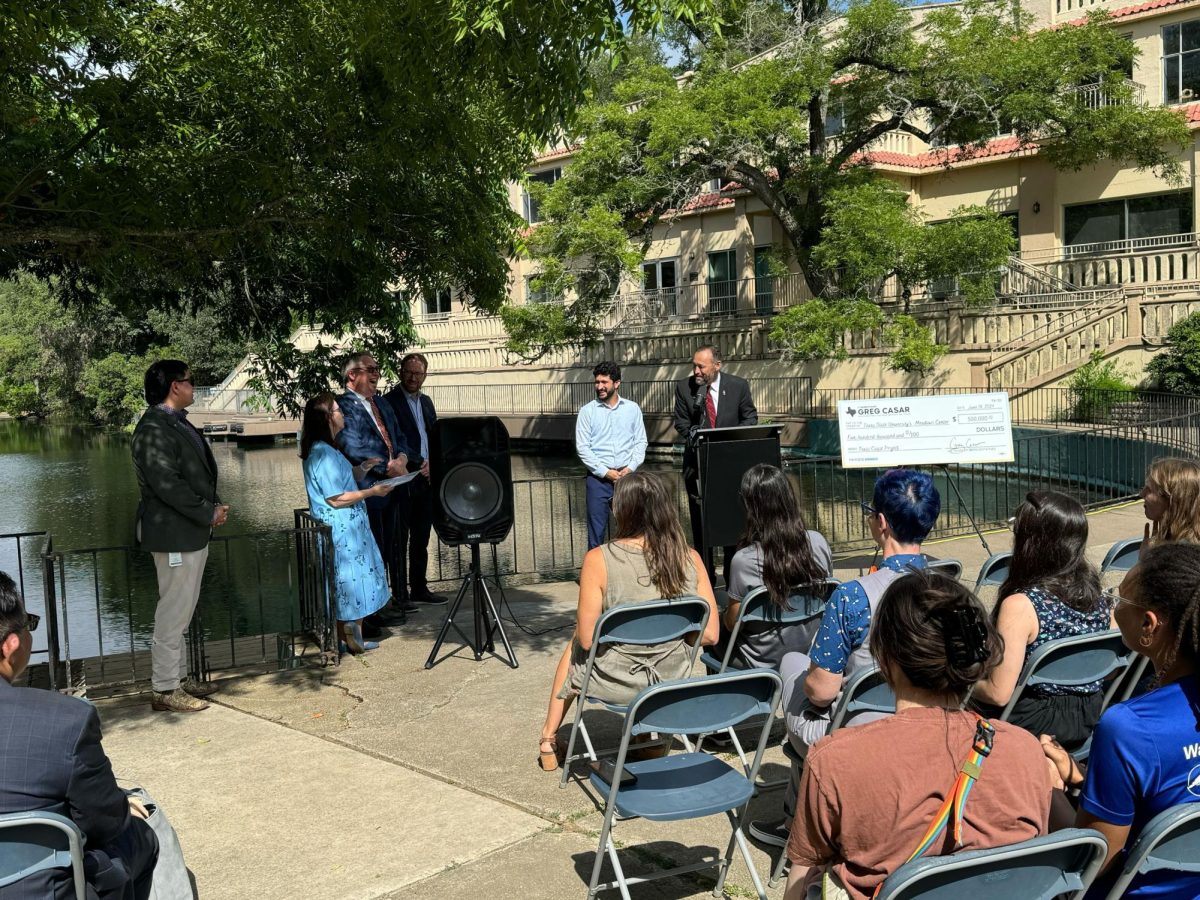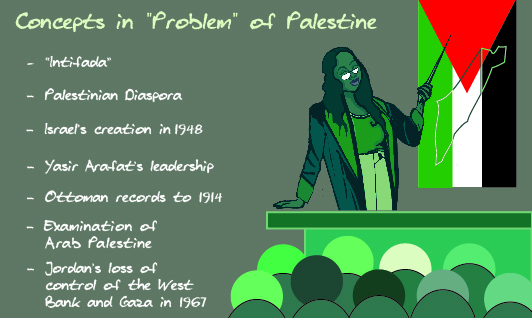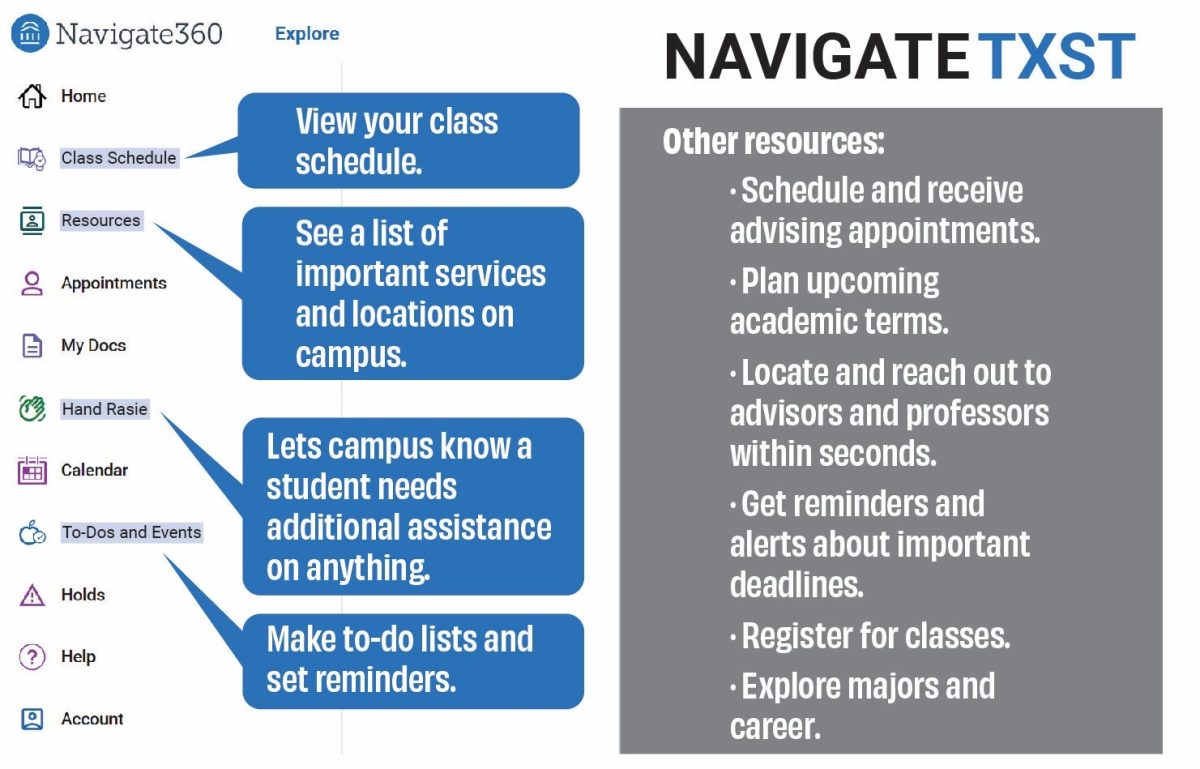Members of the Texas State research and innovation group High-Performance Engineering have developed a mobile app benefiting children with autism spectrum disorder.
Damian Valles, HiPE research group director, Maria Resendiz, associate professor of communication disorders and Inzamam Haque, in the electrical engineering masters program, developed and innovated engineering solutions for STEM, Health Care and other research fields as the mission for HiPE.
The idea for the project arose when the two departments, engineering and communication disorders, wanted to collaborate on a project, and the importance of autism was relevant.
According to the Autism Speaks foundation, in 2018, 1 in 59 children were diagnosed with autism spectrum disorder by the CDC. This means 1 in 37 boys and 1 in 151 girls are affected by autism.
“If they can recognize and identify facial expressions, then we can decide what to do next,” said Resendiz. “The first step is to help with visuals and the next is to work on voice.”
Children with autism spectrum disorder will not have to see a speech-language pathologist in person with this application according to Resendiz. The mobility of the app has allowed users quick and easy access to speech-language therapy using telepractice. In fact, in a real-life situation, it allows children to practice receiving and participating in speech-language therapy in real time.
“It has been a really fun and great learning experience; it is great to have collaborators excited and students ready to apply what they have learned,” Resendiz said.
Inzamam Haque, active member of HiPE, joined the project because he wanted to do something in mission learning. Mission learning is an approach that allows students to find an association between themselves, their communities and a global community that is purposeful.
Since the project began, the team of three has completed literature research and studied different articles for several months, leading to Inzamam creating an algorithm. The group collected 2,800 images that would contribute to the application’s algorithm.
“I would like to see the children be helped so then the future group can create games for them to use and they can see if they are learning from this or not,” Inzamam said.
The facial recognition app is a prototype that has yet to go through clinical trials. It detects facial expressions, from left to right or up and down, and is compatible with working with different lighting conditions.
The app is sensitive to the idea children with autism may not always aim at a screen. Children can be at various angles or in a different light setting and the app will still allow for the translation.
The app was made so children with autism are able to open it easily. As the child looks through the camera and watches the screen, the background indicates the results of communication and shows the proper emoticon.
The app focuses on human interaction; children with autism love to play with mobile devices and this will help with bettering communication.
Valles would like to see the project gain more funding for research. In the future, this would allow the team to work on a voice feature so the child can detect certain voice and facial contexts such as sarcasm when communicating.
“We can improve the model much better with a microphone because a child with Autism can not identify sarcasm,” Valles said.
Once the app is finished, it will be free and opened sourced so others may work to improve the model. The application is available to everyone. This allows the team to gain more audience for the application and get free feedback.
“The impact provides a clever solution to families who need assistance to improve communication,” Valles said. “It showcases how engineering solutions can work.”
Facial recognition technology allows autistic children to communicate
June 5, 2019
Donate to The University Star
Your donation will support the student journalists of Texas State University. Your contribution will allow us to purchase equipment and cover our annual website hosting costs.

